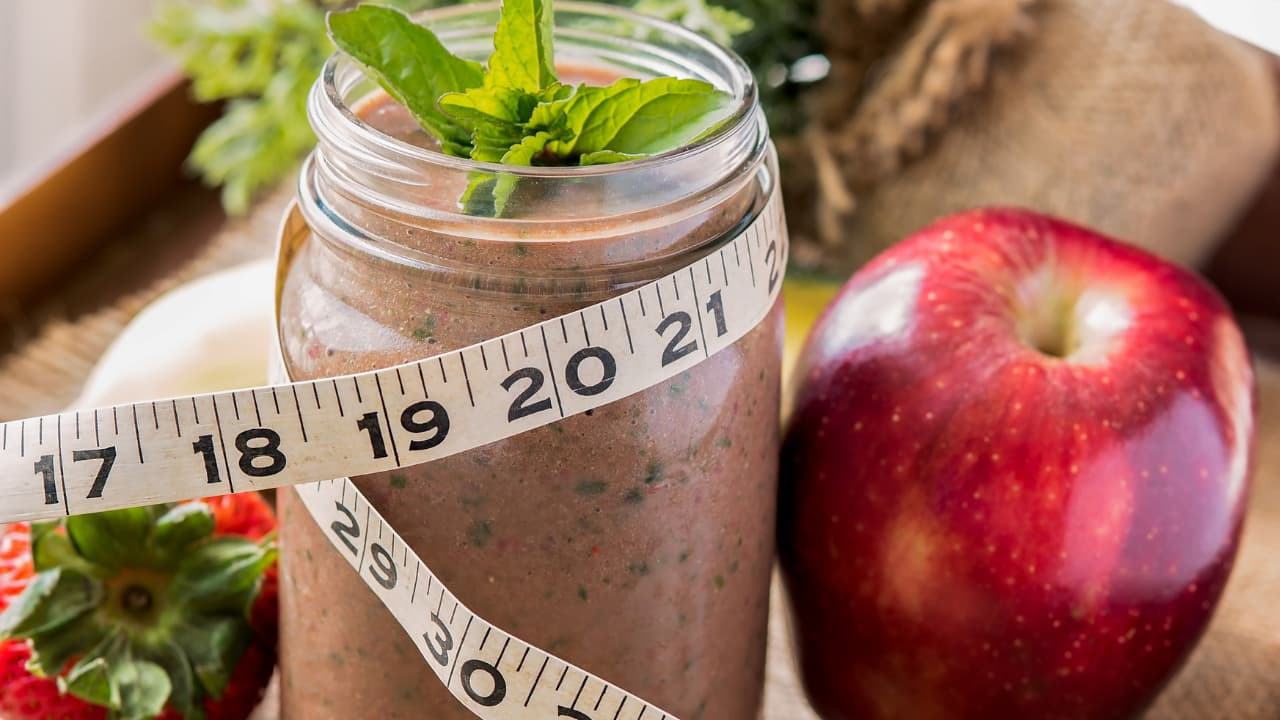Making the best meal replacement product
We’re rapidly approaching summer, which is arguably the best time of year for crafting the perfect meal replacement product. With summer holidays on the horizon, many start to turn away from the fatty comfort foods we seek in colder months and instead towards efficient meal replacement options, making spring-summer a great time for retailers of such products. Nevertheless, working out where to start in this already busy industry can be difficult. Fortunately, we’re on hand with some in-depth advice on how to make meal replacement shakes in time for the season.
Deciding which product will best serve your target market is the first hurdle. In a market filled with smoothies, shakes, bars, cookies and powders, meal replacement options are growing exponentially. In your deliberations, consider which meal you’ll be aiming to replace with your product as certain forms of meal replacement suit different lifestyles. Do you want to ease the rush of a time consuming breakfast or cater to those who prefer an on-the-go start to their day with smoothies and shakes? Or provide convenient lunch break options designed to break the fatty habits of a fast food meal?
Whichever meal replacement product you choose to pursue, it should have a good balance of protein, carbs, fiber and essential minerals and vitamins. Bars are particularly well suited to an energy boost but any product should provide complete nutrition if it is to replace a whole meal and leave the consumer feeling full. In completing this goal, there are several stock ingredients that are well known for their superfood qualities. Raw ingredients such as nuts, seeds, bananas, coconut products, dried fruit, and avocados have been commonplace in the market for a few years now. However, emerging trends have seen grains like quinoa and buckwheat – as well as the superfruit acai – making meal replacement debuts. Healthy carbs can be found in sweet potatoes, white beans, tofu, and eggs that – along with fresh fruit and veg – can provide enough protein to deem your creation a meal replacement product rather than just a supplement.
As with all edible products, flavour is often what sets you apart. Traditionally, strawberry, chocolate, banana, and vanilla have reigned supreme in the shake market. However, new meal replacement products are stepping outside the box and creating ingenious blends of taste. Chili chocolate is a particularly fashionable flavour at the moment, along with caramel, chocolate orange, and latte flavours cropping up more and more in retail. There’s a reason for this, too. With multiple, complex flavours on the go at once, not only are consumers feeling fuller for longer but boredom – that killer of many meal replacement products – is heading out the door too.
The same can be said for the texture of your product. A recent study by the University of Auckland posits that texturally complex food leads to increased satiety more so than the time spent eating, as was previously understood. Creating a texture that is both surprising and varied can be a real winner in keeping your consumers feeling full. Try combinations of flaky oats and chewy dried fruits, or smooth chocolate and sharp coconut, for example. Reducing the grainy texture in shakes is often down to the individual consumer, i.e. the way they mix the powder with liquid. However, there are steps you can take as a manufacturer that can set you apart. For instance, you can use natural emulsifiers in your powder that make the end result smoother.
Whether you’re thinking about getting into the weight loss meal replacement industry, or perhaps one that focuses on convenience, or even vegan / vegetarian options, it’s easy to create healthy, nutritious, and effective meal replacement products. With individual powder sachets and meal replacement bars both selling for around £2 in the UK market, there’s certainly room for more organic and luxury products too. It’s a busy time for nutritional supplement or replacement retailers, so with the market’s biggest season just around the corner there’s never been a better time to grab a slice of the meal replacement pie!


 A recent study by the University of Auckland posits that texturally complex food leads to increased satiety more so than the time spent eating.
A recent study by the University of Auckland posits that texturally complex food leads to increased satiety more so than the time spent eating.
